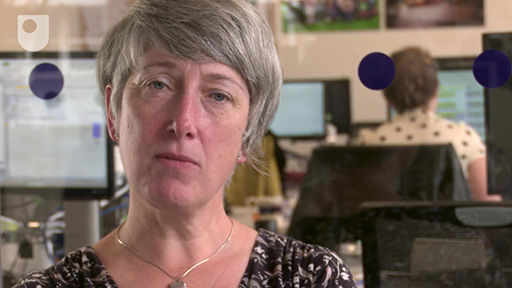Week 3: Introducing marketing and communications
Introduction
Effective marketing is crucial to the success of all voluntary and community organisations. In order to survive and thrive, voluntary organisations need to communicate and build relationships with many groups. These will include not only existing donors, supporters, volunteers and clients but also potential funders, donors, clients and others who might promote and support the organisation’s cause.
An organisation’s communications might include, for example, a newsletter for volunteers or members, an annual report, a website, Tweets or Facebook messages, or an advert to try to attract donations.
Marketing is carried out at all levels of an organisation and is not necessarily confined to people working as marketing assistants or officers. Volunteers are often asked to help design leaflets or to promote the organisation in other ways. New volunteers are often recruited by existing volunteers marketing the benefits of volunteering.
A key aspect of marketing is how good communication attracts people’s interest. This week you will examine some of the ways in which organisations communicate and how these communications can be made effective.
Start by watching this video in which Julie Charlesworth introduces you to Week 3.

Transcript
By the end of this week, you should be able to:
- describe what marketing is
- describe what happens in the process of human communication using a simple model
- use the model to help explain what factors may influence whether a message is communicated successfully
- prepare effective messages, including what to say and how to say it to a target audience, and persuading people to take action.
